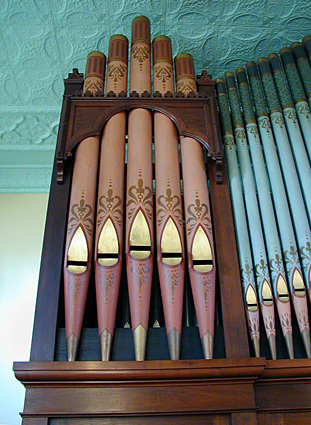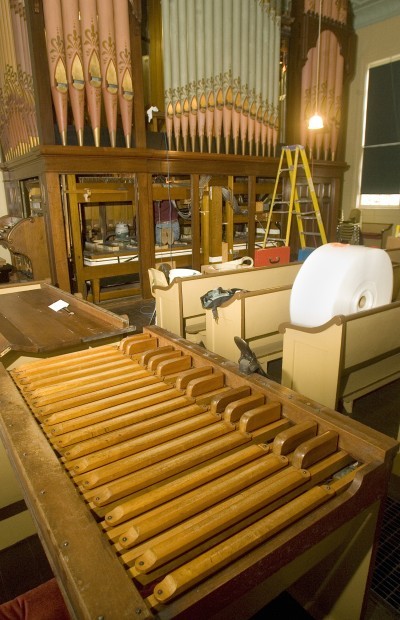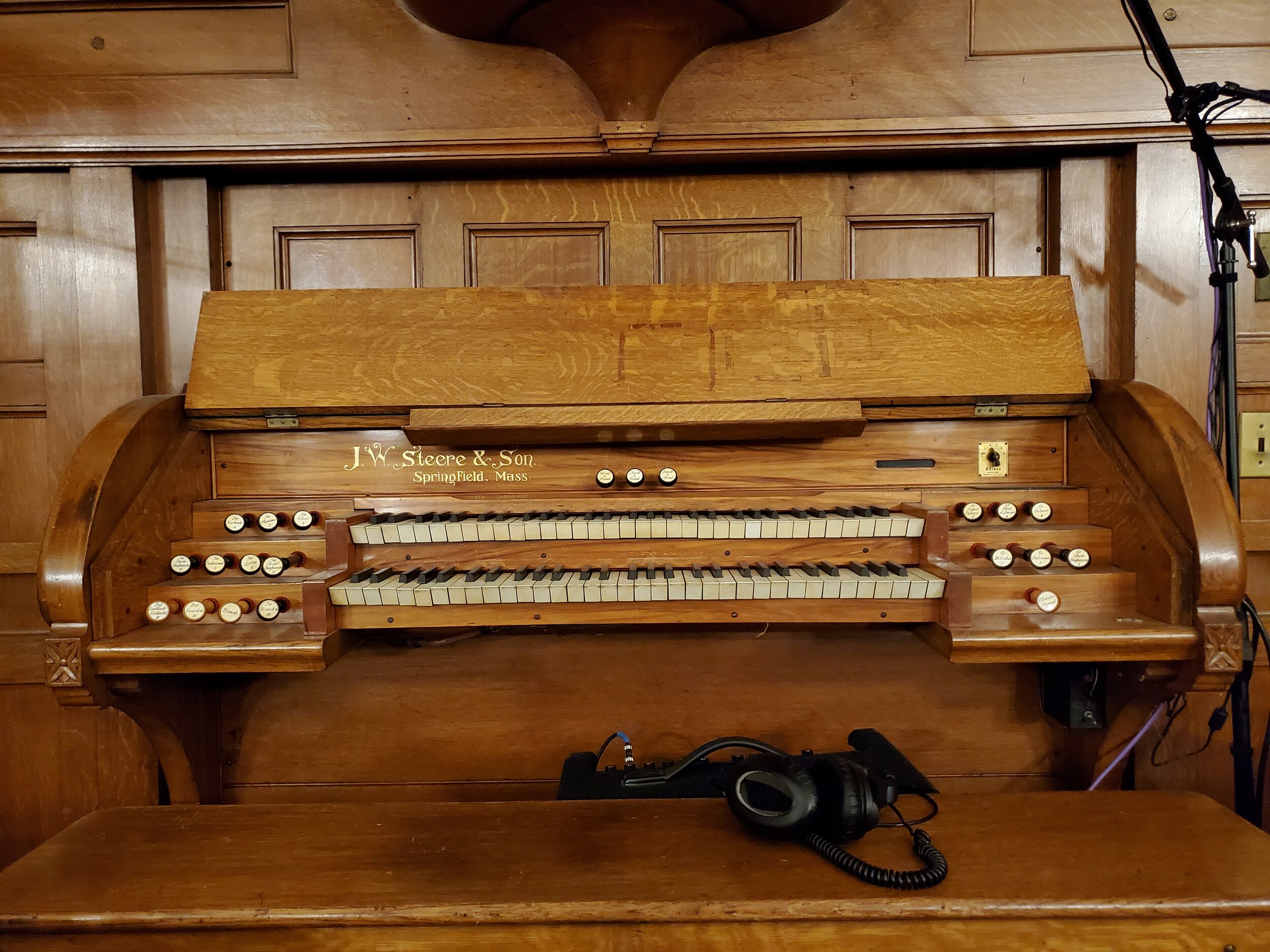

By 1925, Old Main had a new north wing housing an auditorium and a gymnasium. Old Main had been expanded with a new west wing just before Dr. By 1924 the Normal School had become Minot State Teachers College and offered a BA degree in education.

McFarland became president in 1922 at the age of 64 and ran the school until his death in 1938 at the age of 80. The college orchestra of 52 members first performed in 1929. The 60-voice chorus first performed in January 1927. In the summer of 1926 a 150-voice community chorus inspired creation of a permanent Minot Community Chorus, directed by the college’s music department chair. Students from the college performed Gilbert and Sullivan’s Mikado in 1925. In 1921, the community started a Schumann Club and a 40-member community band. The Teachers College, known first as the Normal School, offered a music curriculum in 1919. As early as 1909, the community presented a December performance of Handel’s Messiah.

Music and cultural organizations flourished. The Great Northern “Empire Builder” began its Seattle-to-Chicago route in 1929, passing through Minot, and the Soo Line began its “Mountaineer” service between Vancouver and Chicago.īetween 19, Minot’s population increased from 10,476 to 16,099. By 1928 Minot ranked as one of the most prosperous cities in the country, based on business volume. By the 1920s, the city had built new churches, a hospital, established the college as a degree-granting institution, and formed many cultural organizations. In the 1880s and 1890s, Minot hosted many gambling houses and saloons. It now serves as a practice and teaching organ for a new generation of students. A recent restoration by the Reuter Organ Company of Lawrence, Kansas, has given the organ a second life, and for the first time in over a decade the public can again hear this organ. In 1932, Minot Teachers College (now Minot State University, ) in Minot, North Dakota, installed a 22-rank Kimball designed by William H. Kimball of Chicago emerged in the 1920s and 1930s as a major builder of quality pipe organs, both “classic” and “theatre” in style.


 0 kommentar(er)
0 kommentar(er)
